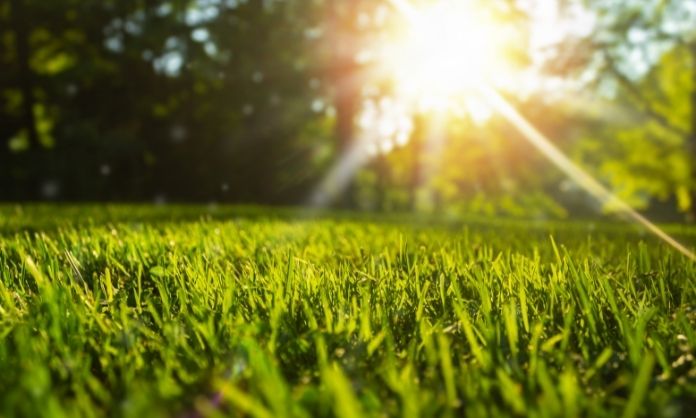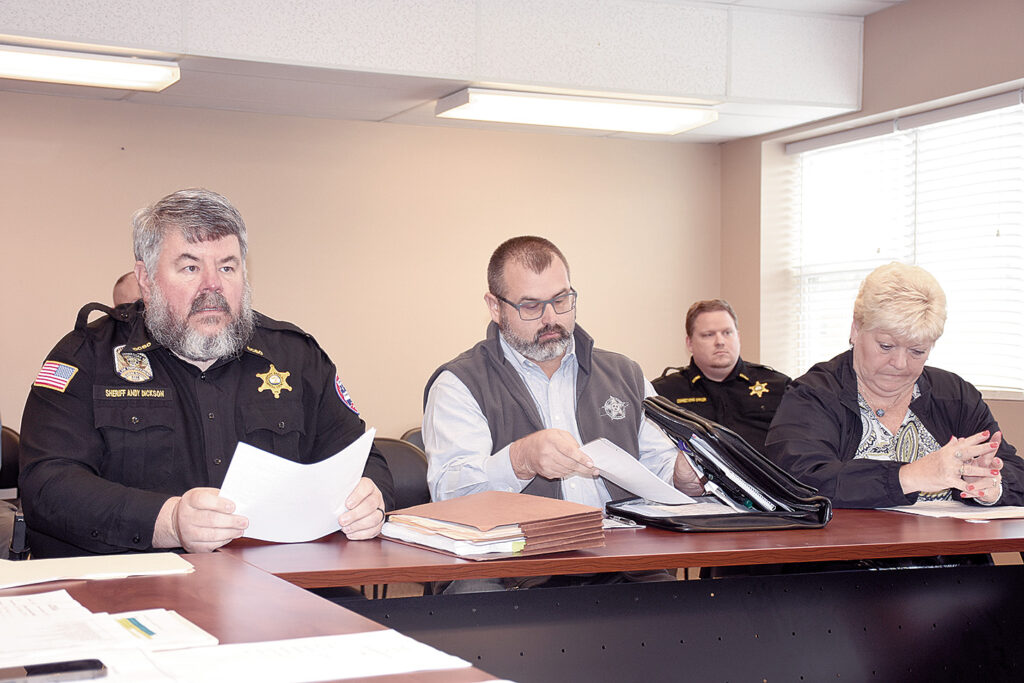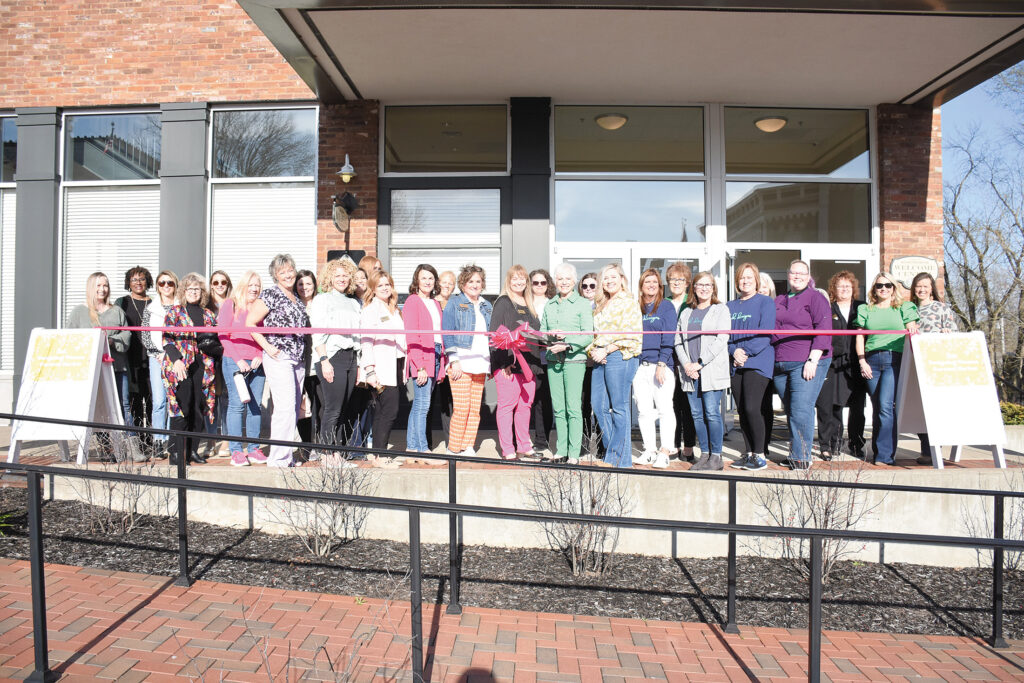
Americans are in love with the perfect lawn. Neighbors look with envy at green expanses of weed-free grass, stretching uninterrupted from the house to the street.
But lawns, it turns out, are not good for our environment. To keep them looking green, they consume a great deal of water. To keep them weed-free, homeowners use herbicides and pesticides, which enter the ecosystem, killing beneficial insects and polluting water.
No mow May is an initiative of Bee City, USA, started by the Xerxes Society for invertebrate conservation, a non-profit organization dedicated to protecting invertebrate species and providing programming and education about the importance of those species. The event encourages homeowners to let their lawns grow wild in May, encouraging and supporting emerging pollinators. Learn why you should participate in no mow May.
Pollinators Are Good for Your Garden
The gorgeous spring and summer floral displays in your flowerbeds depend on pollinators, specifically bees, to make them bloom. Likewise, your vegetable garden needs pollinators to get your zucchini blossoms to turn into zucchini squash, and your tomato blossoms to turn into tomatoes. While the wind can help, bees get right into your plants and spread the pollen they need to spur flower and vegetable growth.
Bee Species Are More Diverse Than You Think—and They’re in Trouble
Beyond bumblebees and non-native honeybees, there are more than 500 bee species that plants depend on to thrive. They hibernate in lawns, under leaf piles, and in holes in the ground over the winter. But they are in trouble, as their numbers are declining alarmingly.
Participating in no mow May gives these shy and solitary pollinators, many of which do not live in colonies like honeybees, a chance to establish themselves and do their pollinating work in the spring.
No Mow May Works
When citizens of Appleton, Wisconsin petitioned their local government to suspend the city’s weed ordinance to allow them to participate in no mow May, researchers from Lawrence University documented 5 times more bees and 3 times more bee species in unmowed lawns than in mowed city park areas. No mow May works to boost pollinator populations.
Challenges of No Mow May
Not mowing your lawn can make the neighbors cranky, or even litigious. Before you decide to participate in no mow May, find out what your local ordinances say about keeping your lawn looking tidy.
One way to participate is to leave a buffer area of mowed grass between your unmowed area and the street. Or better yet, you can reduce the size of your lawn and replace sections of lawn with neatly-edged pollinator gardens. The uncut grass in your garden areas will look like part of the plan until you cut it back to blend in with your mowed buffer zone.
If neighbors complain that your lawn is unsightly, some bee-themed lawn art can help enhance your garden’s appeal and highlight your support of bees.







